When I was playing the original State of Decay, there was one resounding feeling I had about it. I enjoyed it, of course, but I felt like it could have been so much better had it had co-op. Just the concept, the premise, was so well suited to this type of game. Enter State of Decay 2. Five years on, the sequel promises a bigger world to scavenge, even more in-depth micromanagement mechanics and four player co-op functionalities. And while State of Decay 2 delivers on so many promises, it falls flat in delivering others.
State of Decay 2 is a little bit different to the original game. You’ll play through a tutorial mission as a randomly generated survivor, which’ll teach you the basics of the game. After that, you’ll be able to settle your small community in one of three maps – and eventually travel between them if you’ve got the resources. From the moment you create your own little base of operations, State of Decay 2 truly begins. The whole map is yours to explore as you see fit and it’s almost three times the size of the original game too, which means there’s a lot to scavenge and explore.
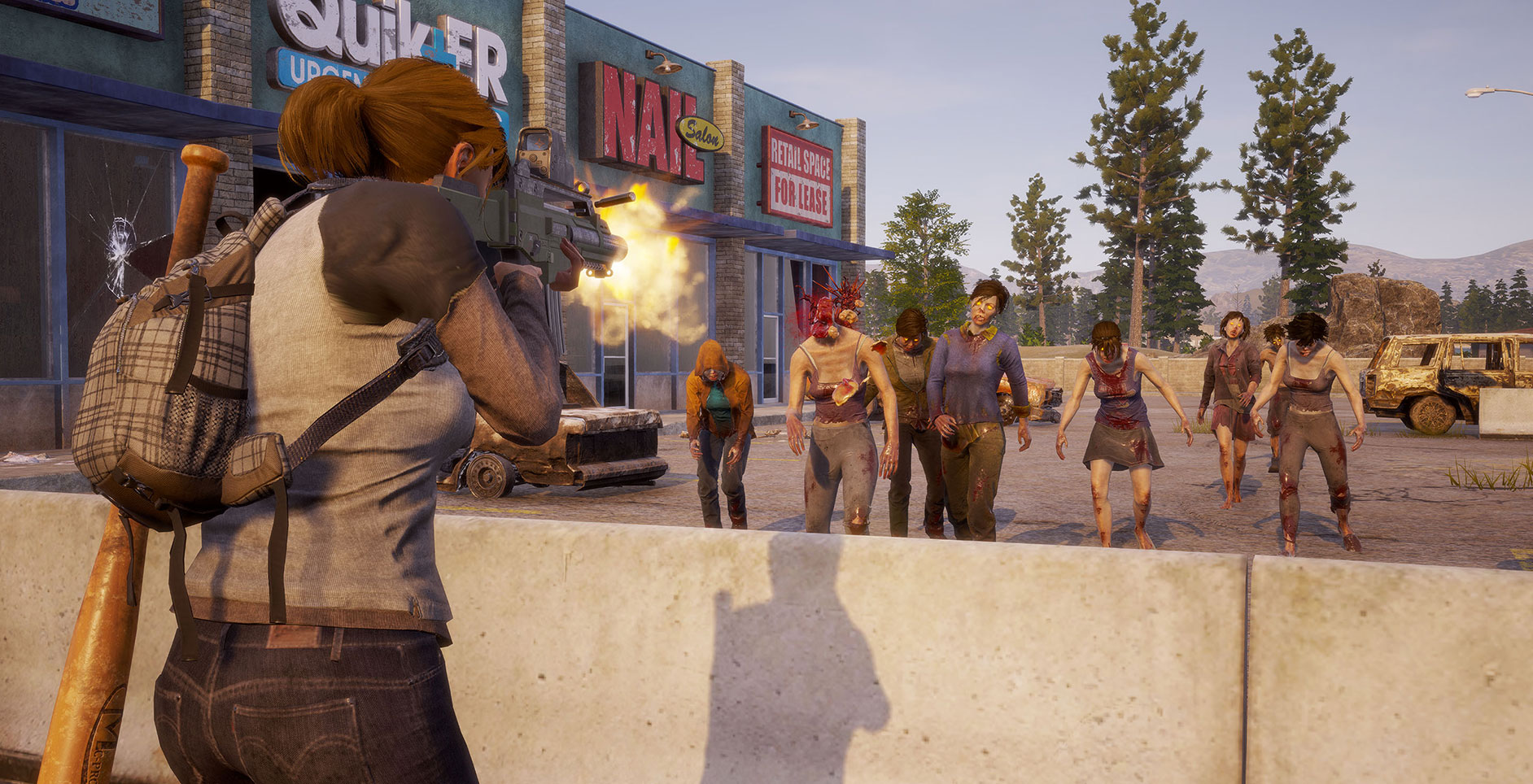
If you noticed that I didn’t mention the story of State of Decay 2 much in that last paragraph, it’s because there barely is any. Whereas the first game had a very typical story you’d come to expect from the genre with some set characters, State of Decay 2 almost removes the story entirely. It’s not necessarily a bad thing, since the crux of the experience is emergent. But not having a meaningful goal to work towards can sometimes put a damper on your progression.
Attempting to build on the first game, State of Decay 2 has players working to fortify their own base while adventuring out to recruit survivors and gather resources. When out and about, you’ll explore scout for places to scavenge and pilfer through abandoned locales for resources that’ll help you build up your community. Surprisingly, the game is practical with how loot and resources are distributed. Need fuel? Chances are you’ll find it at a fuel station or auto repair shop. It is commonsense, but it’s a commonsense that games rarely embrace so willingly.
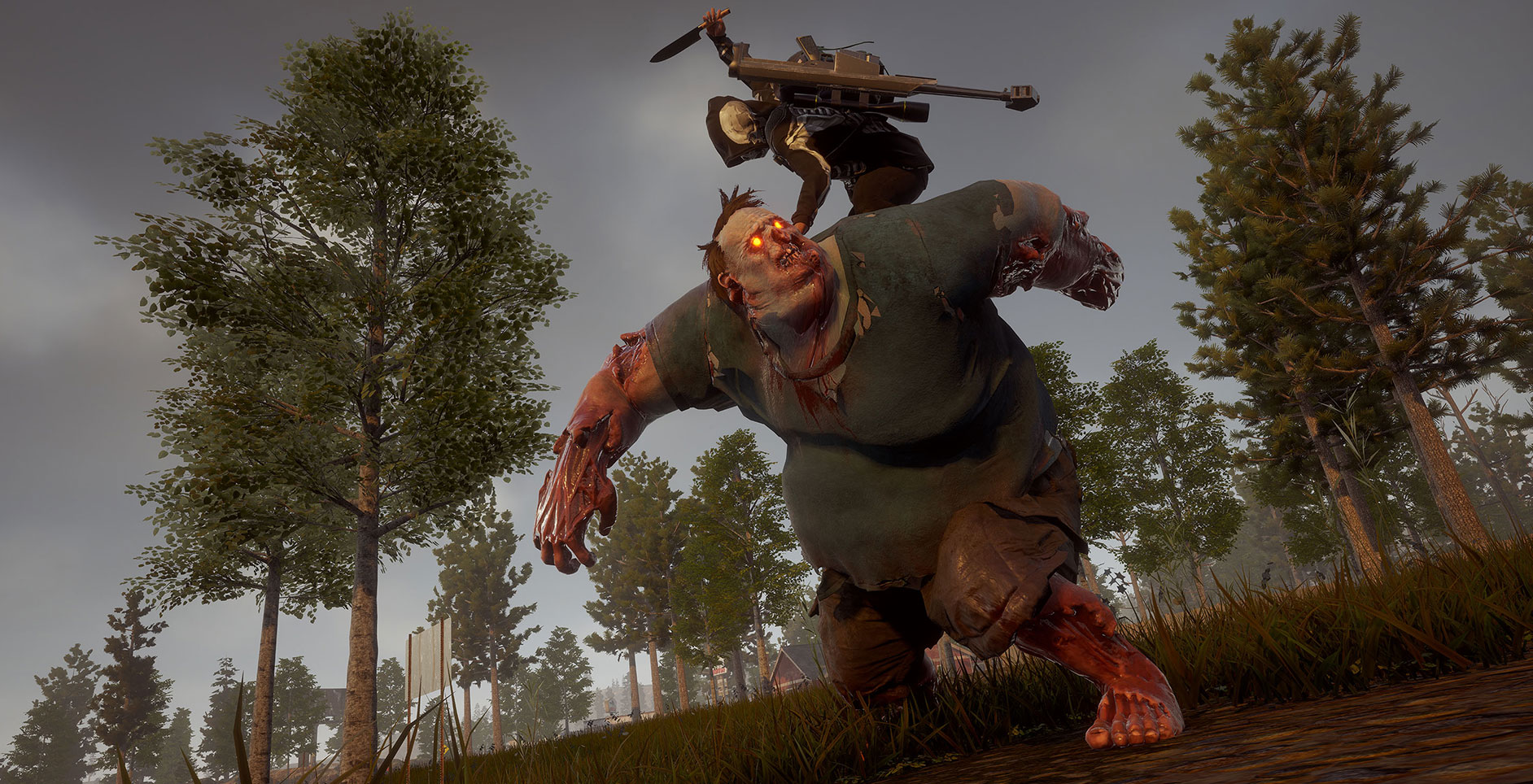
I have no shame in admitting that I abandoned my first attempt at a community in the game after about five or so hours, and I’d recommend most to as well. State of Decay 2 rewards players who think in the long term, so restarting with a much stronger understanding of how all the systems work and being able to build things up the right time, the first time, feels almost essential. For example, in my first playthrough I would haphazardly search for food to supply for my community. In my second run, I made a beeline for the resources to create a garden, which continually replenished food instead, not really needing to worry about food again.
It’s this attention to detail and commitment to micro managing almost every asset of your community that makes State of Decay a unique zombie game; to the point where I wouldn’t even think State of Decay 2 is about zombies. It’s about your community, building them up and managing the needs of your people more than anything else. That’s more than just meeting their needs too, but also leveraging their unique skills and traits too.
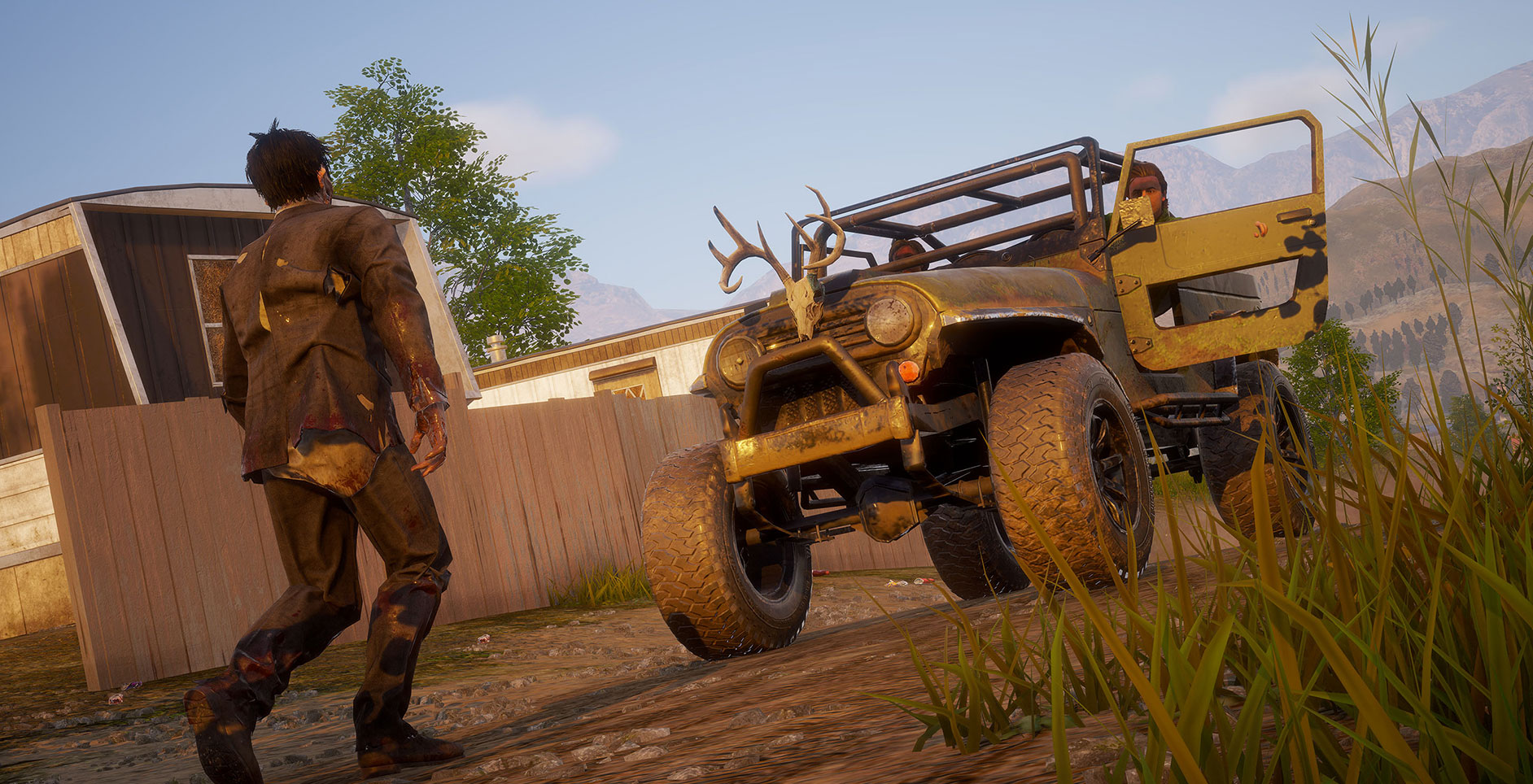
State of Decay 2 offers a much more robust skill system for your survivors than the original game did. While your survivors are randomly generated, some permanent and non-changeable traits will affect how they’ll integrate into your community. A handyman by trade might feel less motivated if there’s no workbench built in your base for him to work on. Two members with an angry temperament simply won’t get along if in the same camp, leading you to either mediate or just exile one completely. Other skills are built up using your survivors, who are all playable. Your survivors will grow as you take them out with you – those who participate in combat more frequently are more than likely to level those skills up, while the ones that stay home and work on building facilities in your base will level up those skills too.
The newest and biggest threat to your community’s stability is the blood plague. Certain zombies and plague hearts can infect your character and cause them to eventually turn into a zombie. Attacking a plague heart (think of it as an infectious zombie ‘nest’ of sorts) directly emits noxious fumes that’ll infect your character too. After being infected, your characters will behave sluggishly and become a general nuisance to your group. Herein lies a dilemma. You can let the person leave your community and go it on their own, put them out of their misery, or craft a cure.
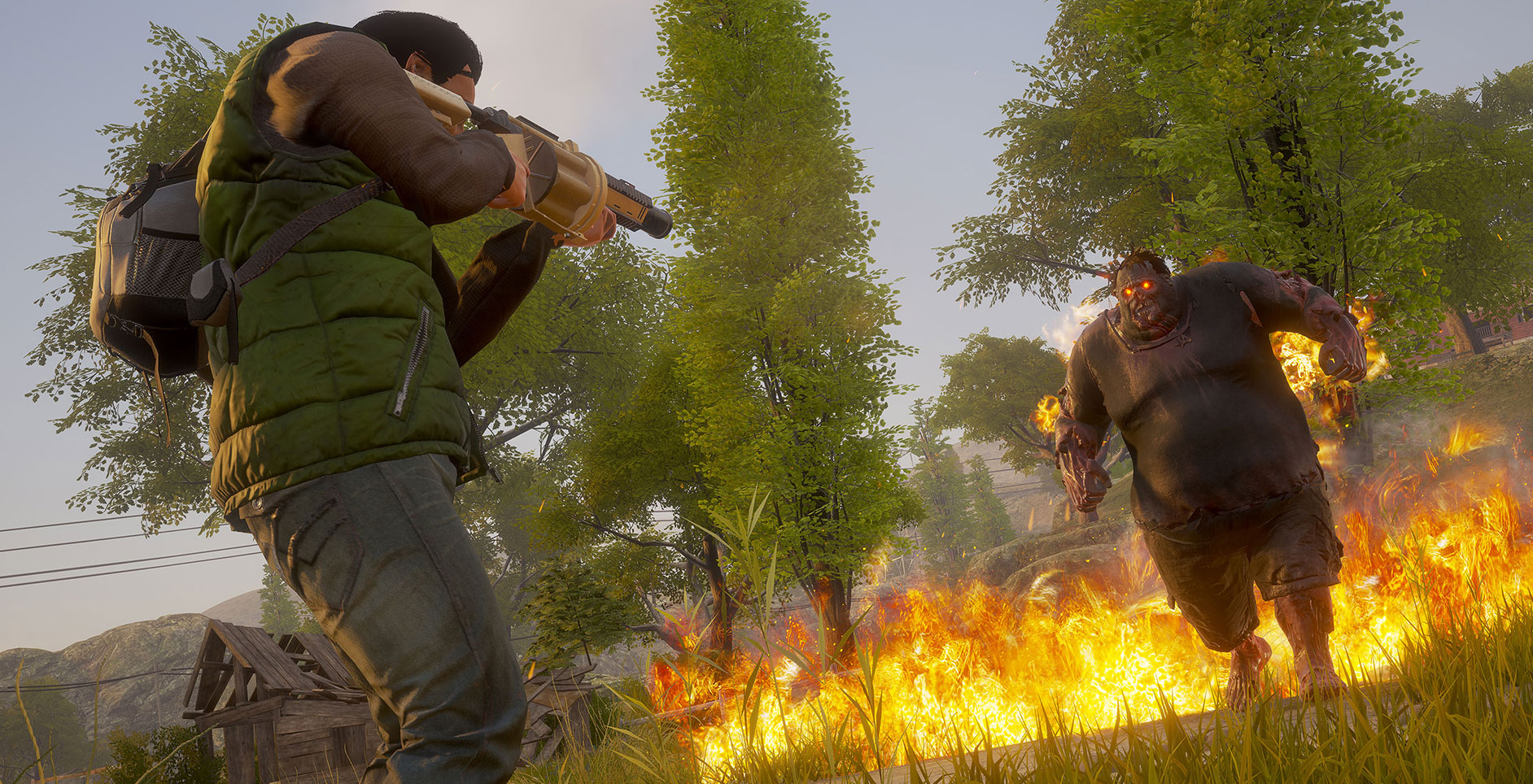
It’s a great idea, but if you’ve managed your community and their resources well enough, you’ll rarely feel like a blood plague infection is a threat. Through my forty or so hours of play, every time somebody got infected I was given a very generous time limit of three hours to find a cure. Three hours is a lot of time and I struggled to envision a circumstance where somebody who wasn’t all over the management of their base (which is the whole point of the game) would be unable to do the right thing quick enough.
The biggest change to State of Decay 2, and subsequently biggest disappointment, is the way that coop play is handled. Feeling like a half step, players can at any point set off a flare to invite people to join their game. Conversely, players can also volunteer to automatically help people out who have set a flare. It’s a nice system that doesn’t pull you out of the game, but it’s the things that happen when you’re in someone else’s game that stop State of Decay 2 from being truly great.
If you join someone else’s game though, be ready to do a lot of stuff for the benefit of somebody else. Like other recently released games, only the host reaps the full benefits of a coop session. Not all progression will carry over into your own community, which can sometimes make you wonder what the point is. Similarly, the game is not truly open world when playing coop, as lingering too far away from other players is not possible, you’re somewhat tethered to other players.
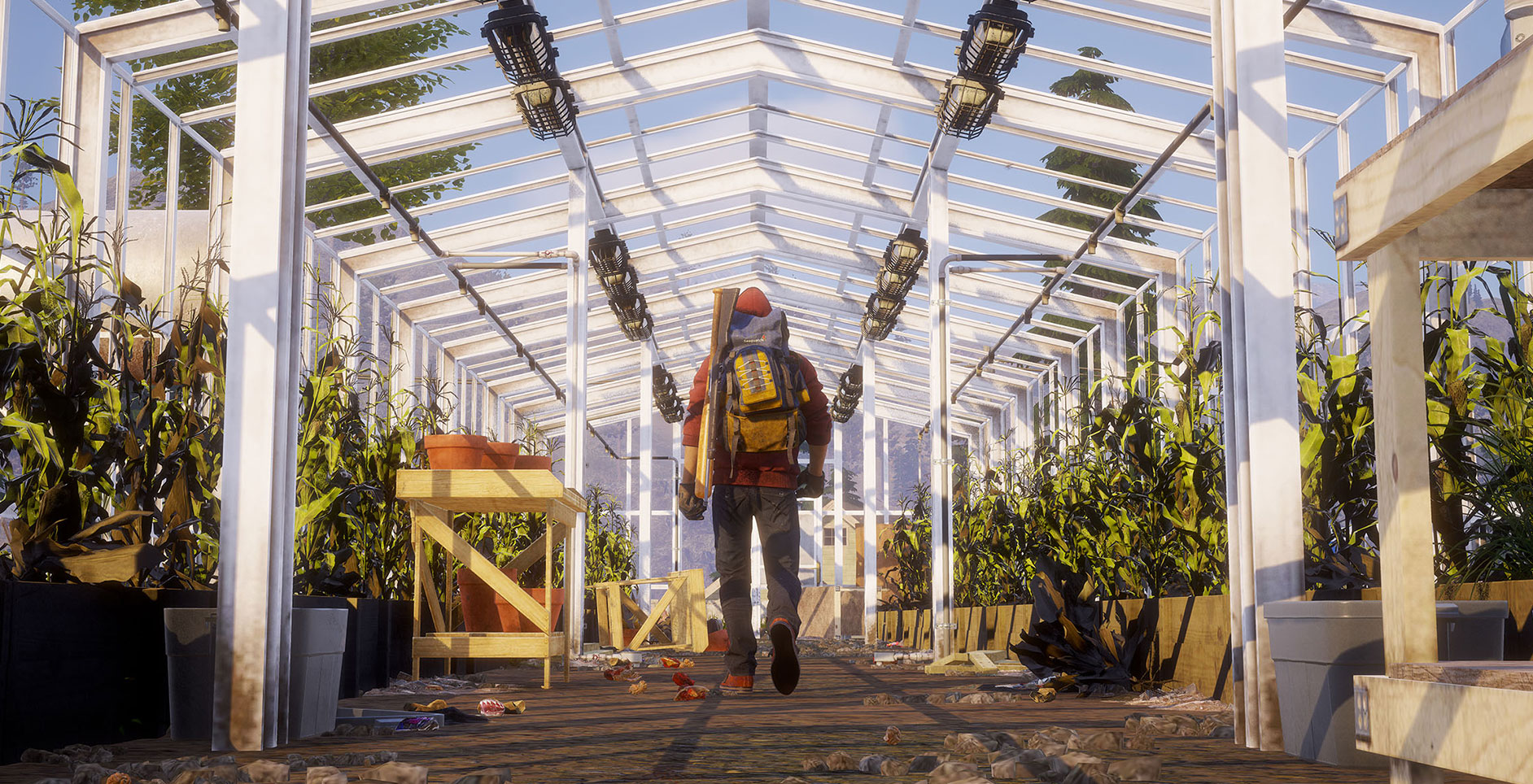
From a presentation standpoint, State of Decay 2 wears its budget on its sleeve. While a notable improvement on the original game, this is easily one of the least impressive exclusives visually. Even on the Xbox One X, the game fails to maintain a steady framerate even after applying the recently released update. Despite being so technically unimpressive, however, State of Decay 2 does a fantastic job at building an atmosphere. A combination of a totally enthralling soundtrack and some fantastic ambient lighting (helped along by HDR) really helps to sell this vast and abandoned countryside. The world feels authentic and true to life.
While it personally did not affect my experience, it would be remiss to not mention the myriad of glitches and issues I ran into while playing State of Decay 2. I’ve always thought of myself as rather desensitized to these sorts of things, but State of Decay 2 was the first time in a while that I noticed many glitches. My characters would get stuck in chairs, unable to move.
Other times a vehicle will lodge itself on a rock, get stuck, and then flip through the air, taking unnecessary damage. When your only vehicle, filled with supplies you’ve spent the last hour scavenging for, gets stuck on a rock, it can be frustrating. The developers knew this would happen too, as there’s literally an option to randomly teleport and move your character back a few steps in the menus, though this doesn’t work when in a vehicle.


